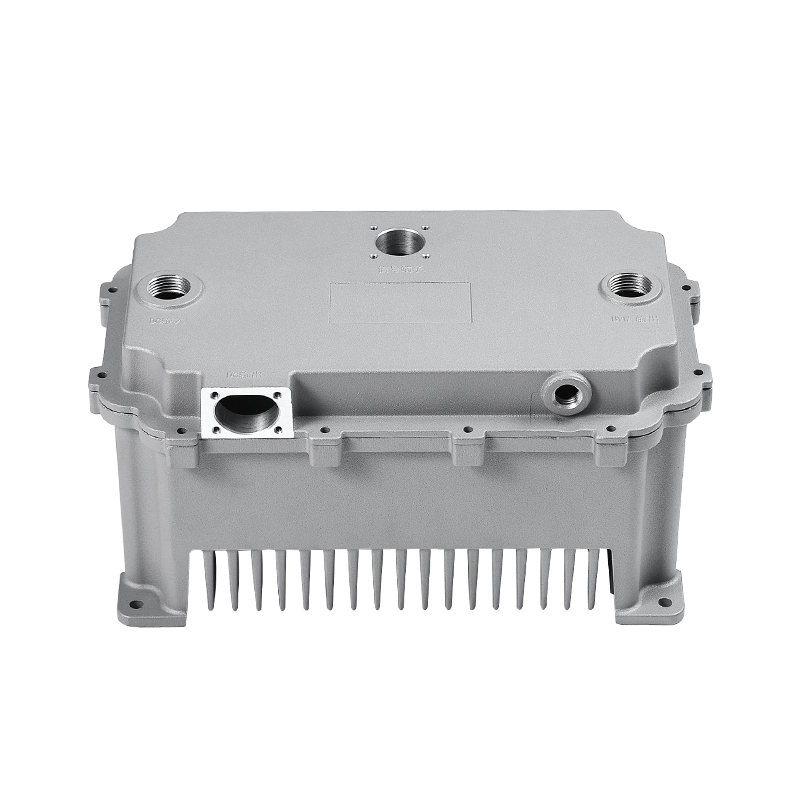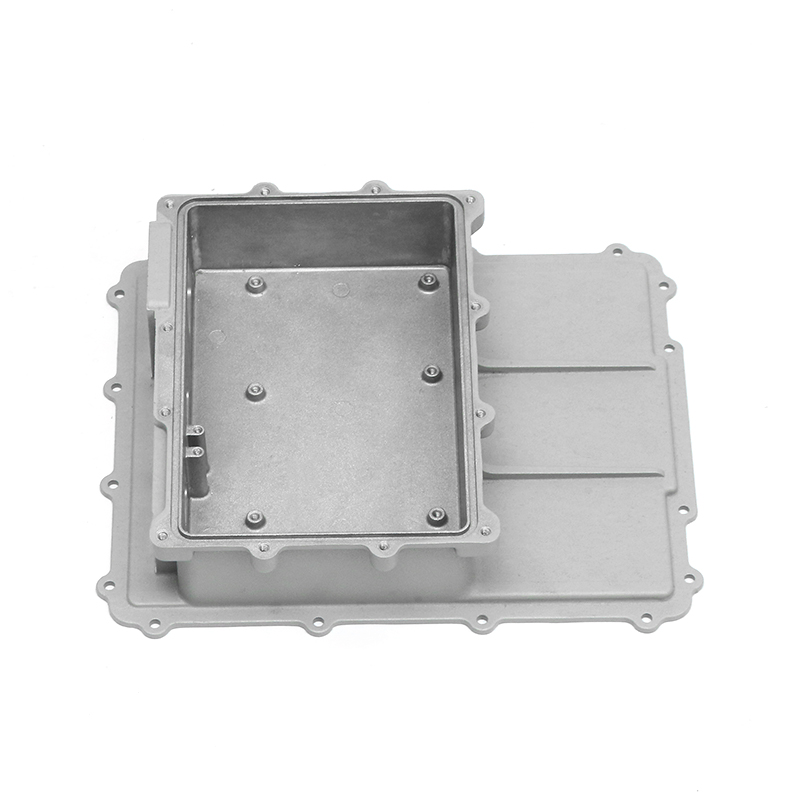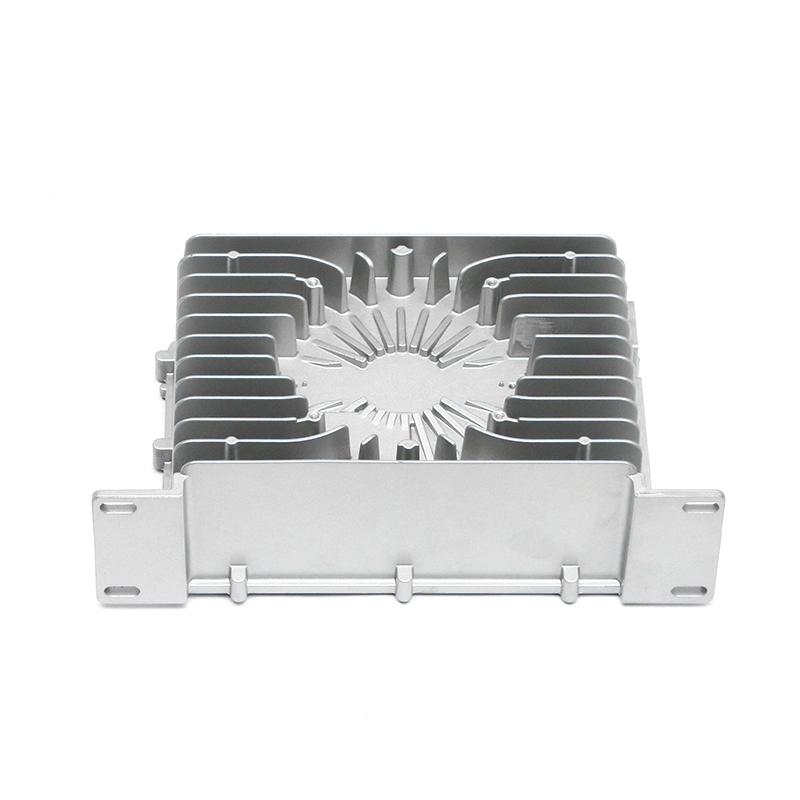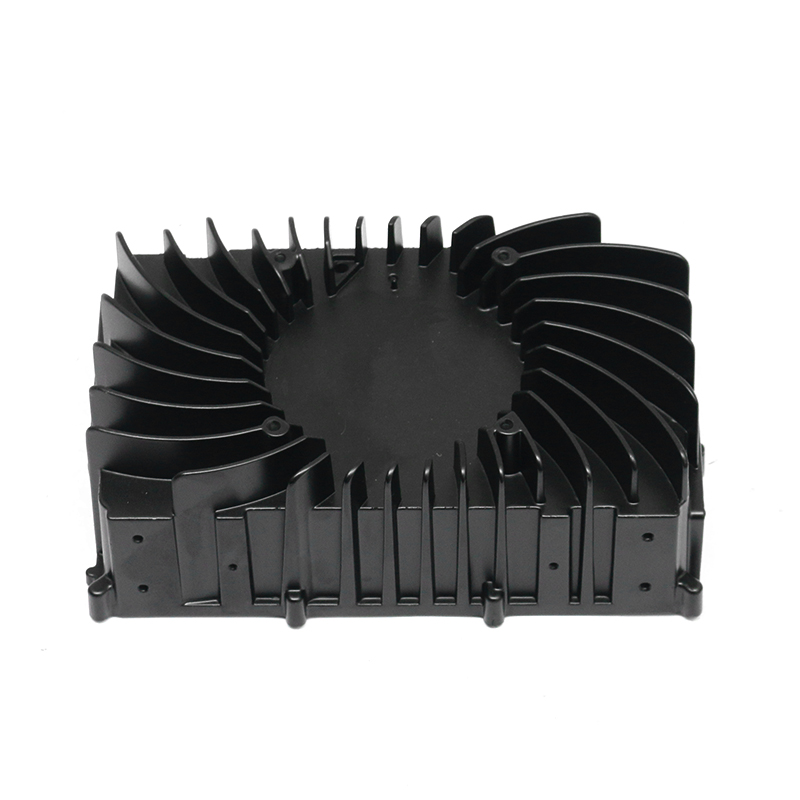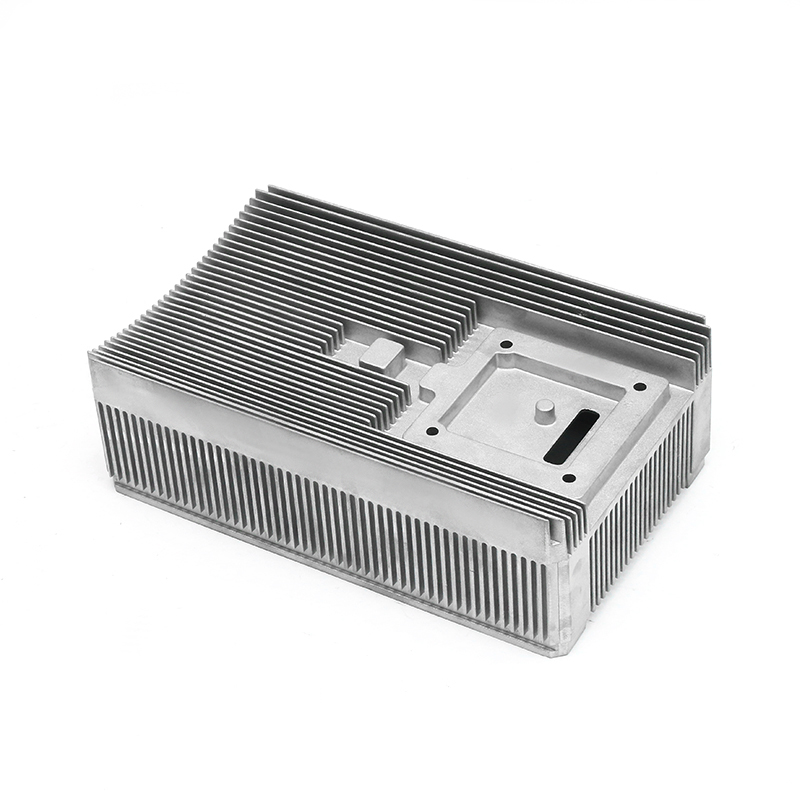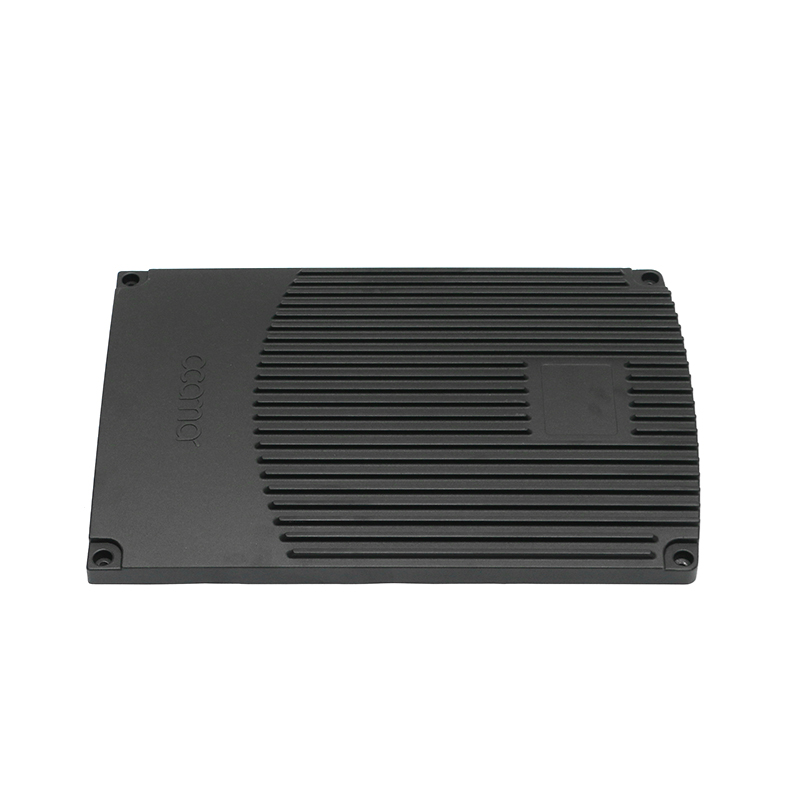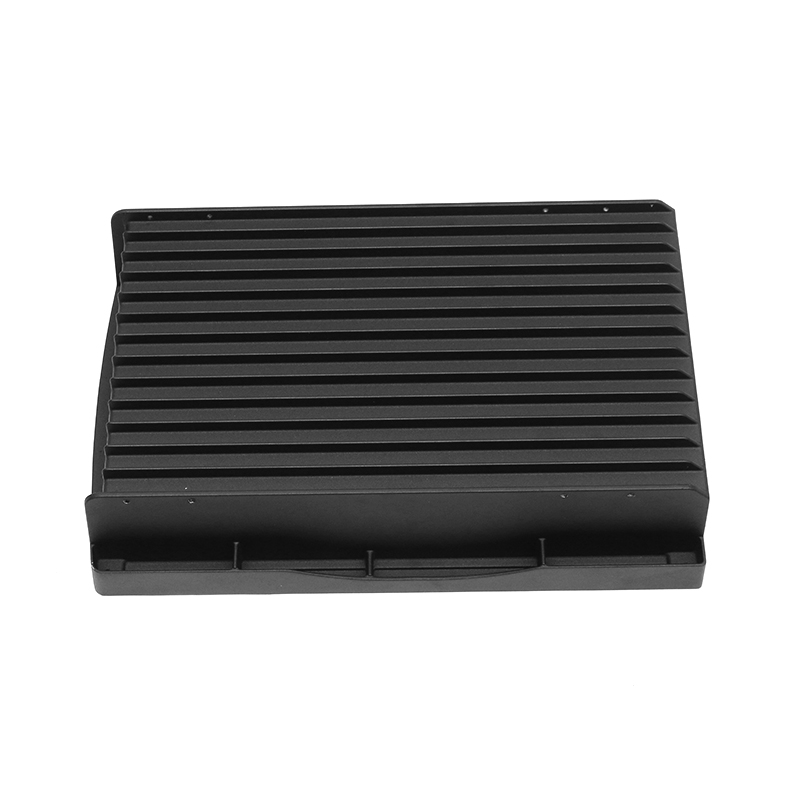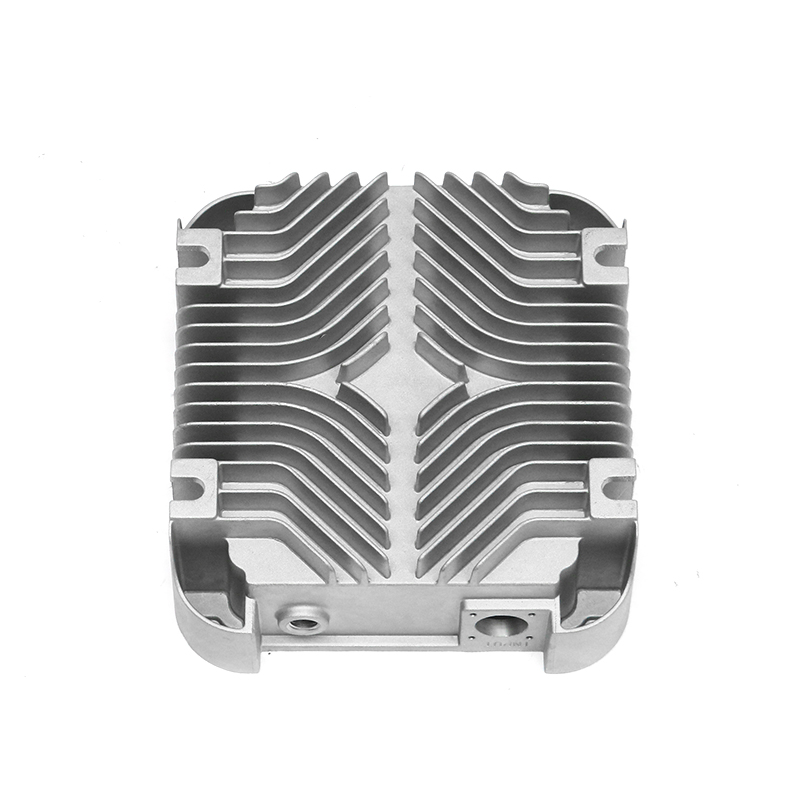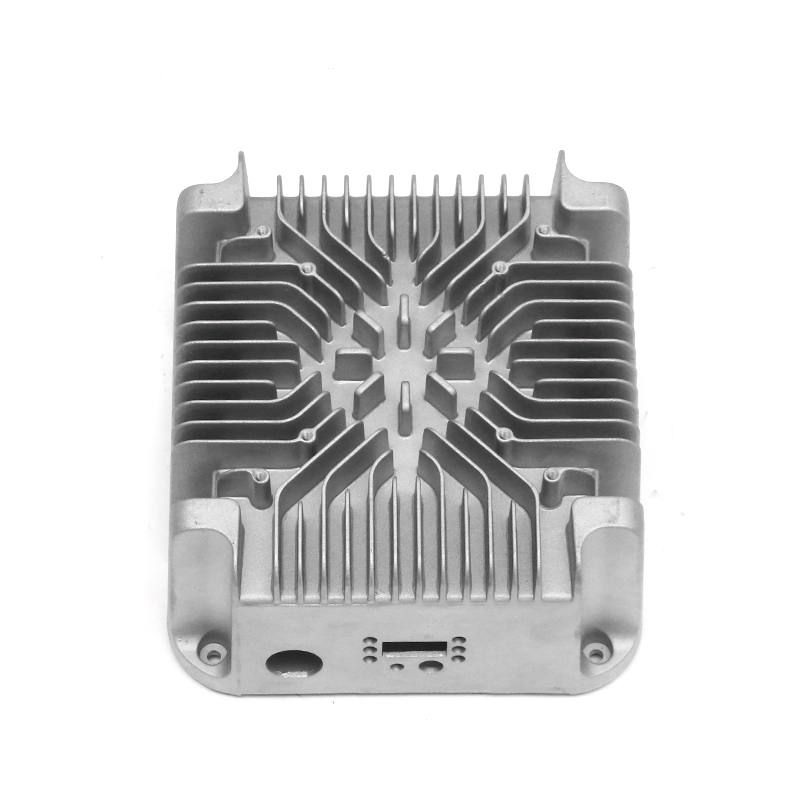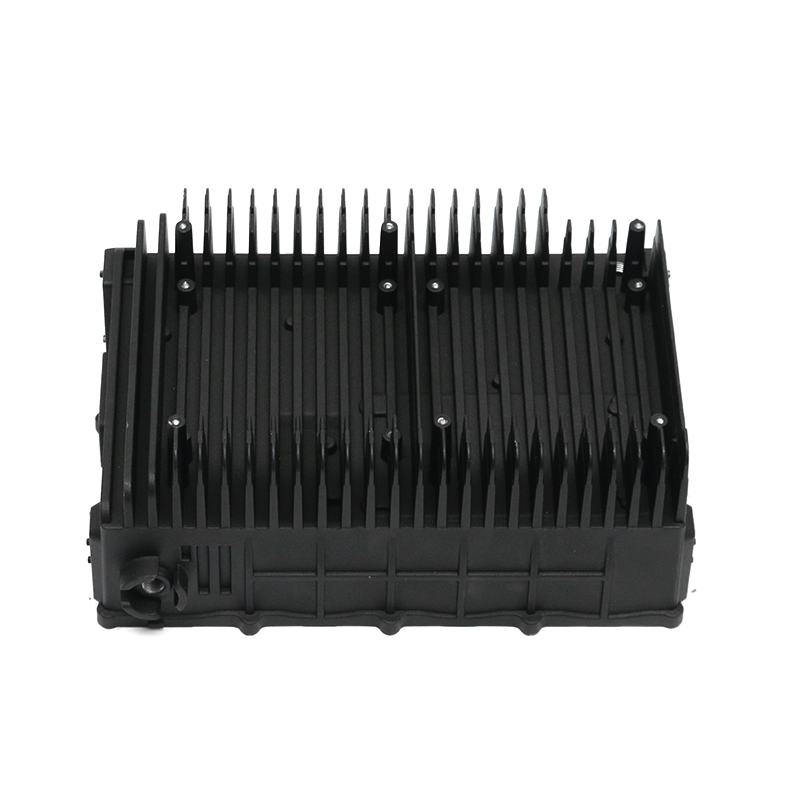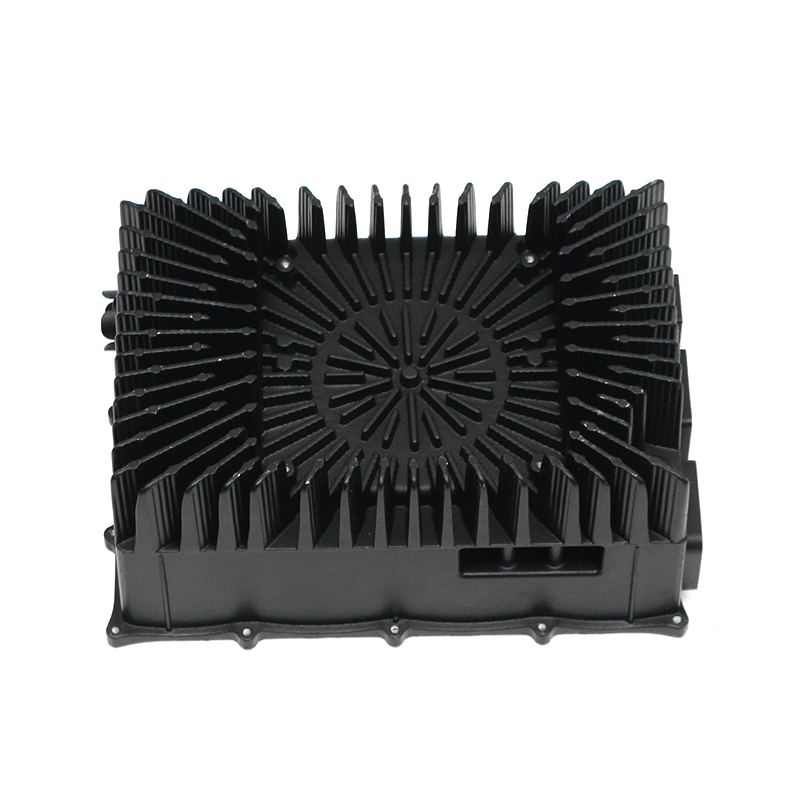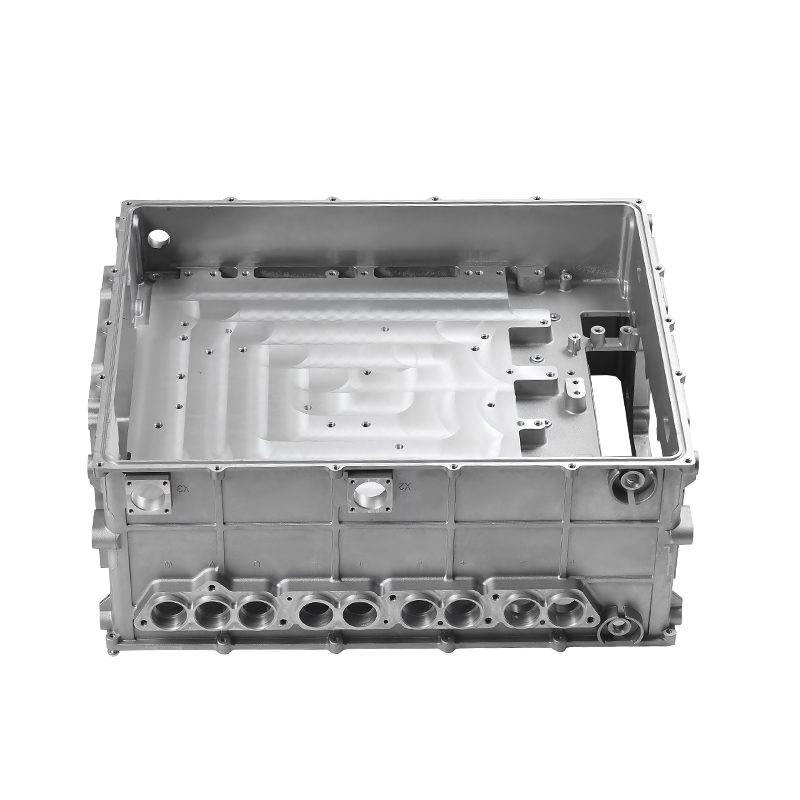Introduction to Water-Cooled Die Castings in New Energy Applications
In the field of new energy vehicles and electronic control systems, water-cooled die castings have become an essential component for ensuring efficient heat dissipation. These die castings are typically used for housings of control units, battery management systems, and power electronics, where maintaining stable thermal conditions is critical. The unique feature of water-cooled die castings lies in the integration of cooling channels within the structure, allowing liquid to circulate and regulate temperature. Because of the complexity and functional importance, the molds used to produce these components require a very high degree of precision. Even small deviations can affect cooling performance, structural integrity, and the overall lifespan of the system.
The Role of Mold Precision in Die Casting
Mold precision directly influences the dimensional accuracy, surface finish, and consistency of water-cooled die castings. Unlike standard housings, water-cooled variants must include intricate channels that ensure smooth liquid flow and effective thermal transfer. If the mold does not meet strict dimensional tolerances, the channels may have uneven walls, blocked pathways, or reduced efficiency. Furthermore, electronic control systems demand compact designs, which limit the tolerance for errors. High mold precision ensures that every produced part aligns with the original design requirements, reducing the risk of malfunction in real-world conditions.
Specific Precision Requirements for Cooling Channels
Cooling channels are the most sensitive part of water-cooled die castings. The dimensions of these channels must remain within very narrow tolerances to guarantee smooth coolant circulation and uniform heat distribution. Small inaccuracies may lead to pressure loss, turbulent flow, or hotspots within the electronic control unit. Precision also ensures structural stability, as channels too close to the surface may weaken the casting or cause leakage.
| Channel Parameter | Typical Tolerance Range | Impact of Deviation |
|---|---|---|
| Channel Diameter | ±0.05–0.1 mm | Reduced or excessive flow, efficiency loss |
| Wall Thickness | ±0.1–0.2 mm | Risk of leakage or structural weakness |
| Channel Alignment | ±0.2 mm over entire length | Uneven cooling, localized heating |
| Surface Roughness | Ra 0.8–1.2 μm | Flow resistance, reduced heat transfer |
Mold Precision and Thermal Management Performance
Thermal management in new energy vehicles depends heavily on the efficiency of cooling channels. High-precision molds ensure that coolant flows without obstruction, enabling consistent removal of heat from sensitive electronics. Poor mold precision, on the other hand, may create flow bottlenecks or air pockets, undermining the cooling effect. In high-power applications, such as inverters or motor controllers, inadequate cooling may lead to overheating, reduced efficiency, or premature failure. Thus, mold precision is not only a manufacturing requirement but also a fundamental condition for system reliability.
Materials and Mold Design Considerations
The choice of mold materials and design methods affects achievable precision. High-quality tool steels with excellent wear resistance are typically used to withstand repeated casting cycles. Additionally, advanced machining technologies such as high-speed CNC milling, electrical discharge machining (EDM), and laser texturing are employed to achieve complex geometries with minimal error. Computer-aided engineering (CAE) tools also allow simulation of cooling channel layouts before mold fabrication, reducing the risk of defects.
| Mold Material Type | Advantages for Precision | Limitations |
|---|---|---|
| Tool Steel H13 | High wear resistance, stable at high temps | Higher cost, requires heat treatment |
| Stainless Steel Inserts | Corrosion resistance in cooling sections | Limited machinability, adds complexity |
| Copper Alloys (Inserts) | Excellent thermal conductivity for channels | Softer, prone to wear in long production |
Impact on Dimensional Accuracy of Final Castings
Dimensional accuracy of the finished casting depends strongly on mold precision. In water-cooled components, critical dimensions include channel diameters, wall thicknesses, and external housing dimensions that must fit with other electronic components. Tolerance stack-up across multiple features can create issues in assembly, leading to misalignment or leakage in sealing areas. High mold precision minimizes dimensional variation and ensures interchangeability of parts in mass production.
Quality Control in Mold Fabrication
Quality control measures are essential during mold fabrication to guarantee precision. Dimensional inspection tools such as coordinate measuring machines (CMMs) are used to verify mold cavity accuracy. Surface profilometers assess roughness, while non-destructive testing ensures no hidden defects compromise performance. Continuous monitoring during mold use is also necessary, as wear and thermal stress can gradually degrade precision.
| Inspection Method | Purpose | Application in Mold Precision Control |
|---|---|---|
| CMM Measurement | Dimensional verification | Check cavity dimensions and alignment |
| Surface Profilometer | Surface finish inspection | Assess cooling channel smoothness |
| X-Ray/Ultrasound Testing | Defect detection | Identify cracks or voids in mold structure |
| Hardness Testing | Material performance check | Ensure durability against repeated cycles |
Consequences of Inadequate Mold Precision
When mold precision does not meet requirements, several consequences arise. First, the functionality of cooling channels may be compromised, reducing the ability to manage heat effectively. Second, structural defects such as thin walls or weak sections increase the risk of leakage under pressure. Third, assembly processes may be affected, as dimensional deviations prevent proper fitting with sealing gaskets or electronic components. Such issues can increase production costs due to rework, scrap, or warranty claims.
Balancing Cost and Precision in Production
High mold precision inevitably increases production costs, as it requires advanced equipment, skilled labor, and longer fabrication times. However, the benefits in terms of product reliability and reduced defect rates usually outweigh the initial investment. For high-volume production in the new energy sector, achieving consistent mold precision lowers long-term costs by minimizing scrap and improving overall efficiency. Manufacturers must balance cost considerations with performance requirements, often tailoring precision levels to specific product applications.
| Precision Level | Typical Cost Impact | Suitable Application Area |
|---|---|---|
| Standard Precision | Lower | Non-critical housings, basic components |
| High Precision | Medium to high | Water-cooled housings, electronic systems |
| Ultra-High Precision | High | High-performance power electronics |
